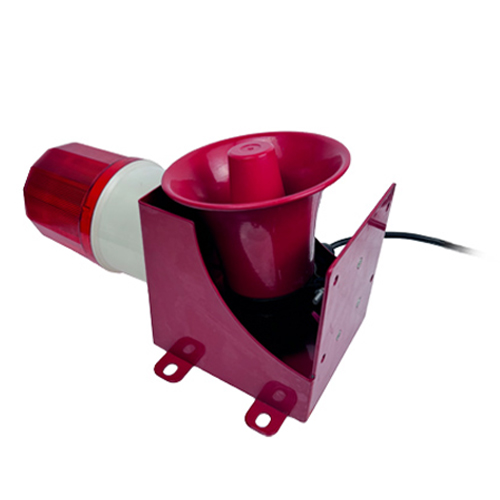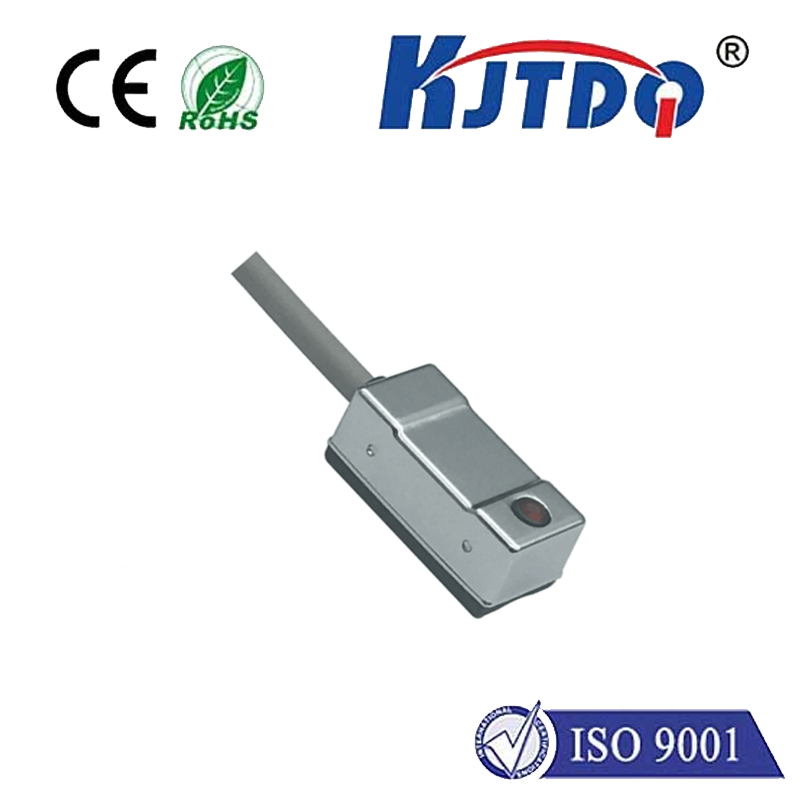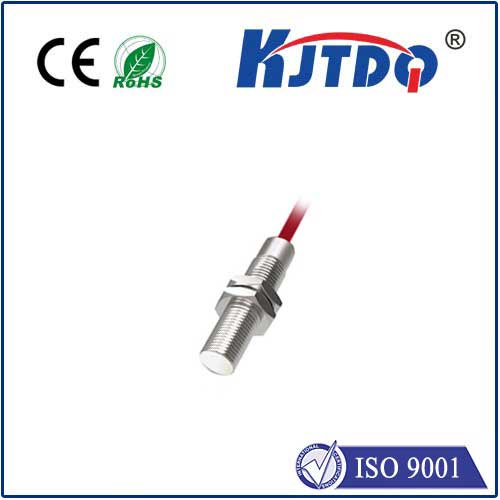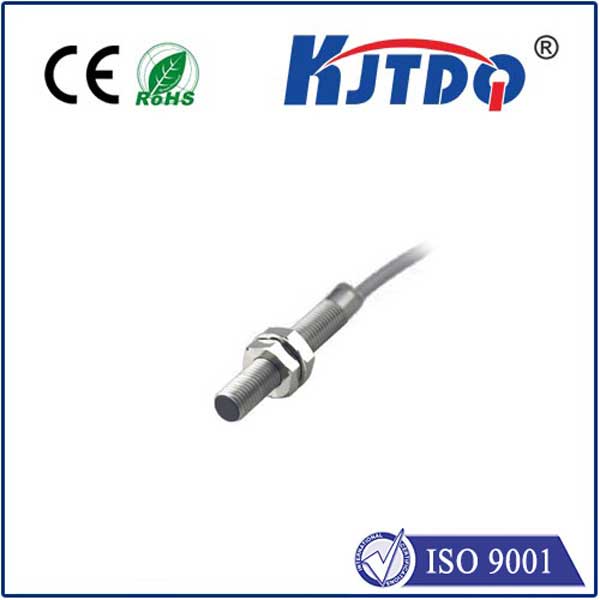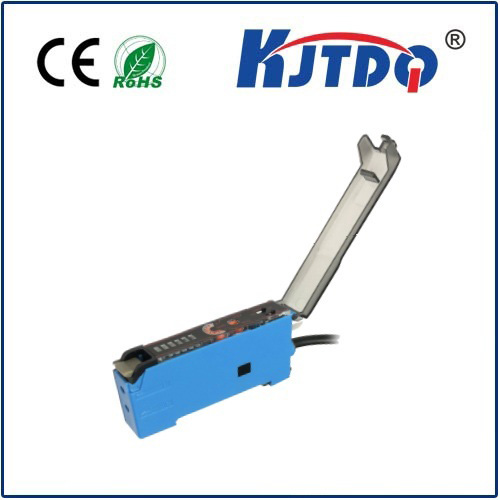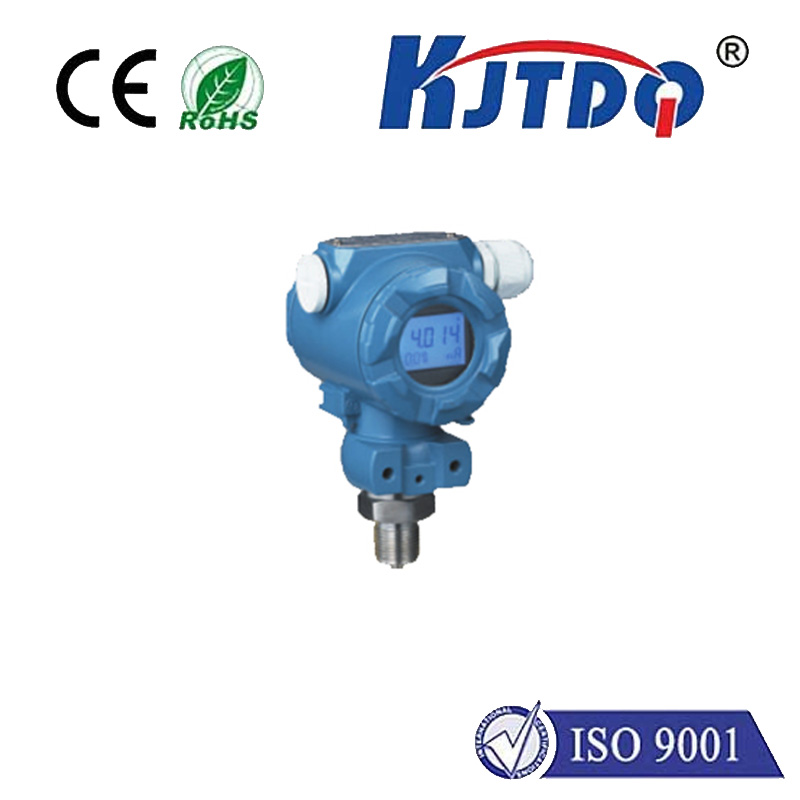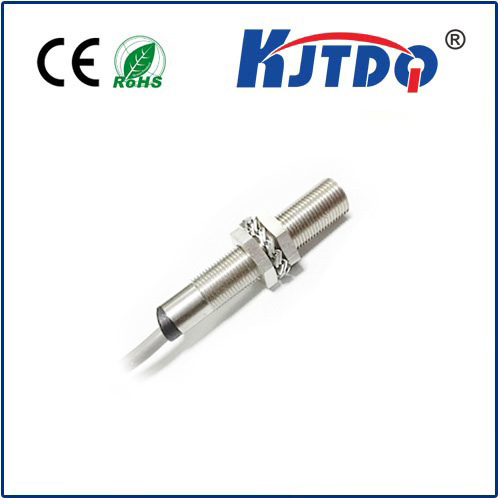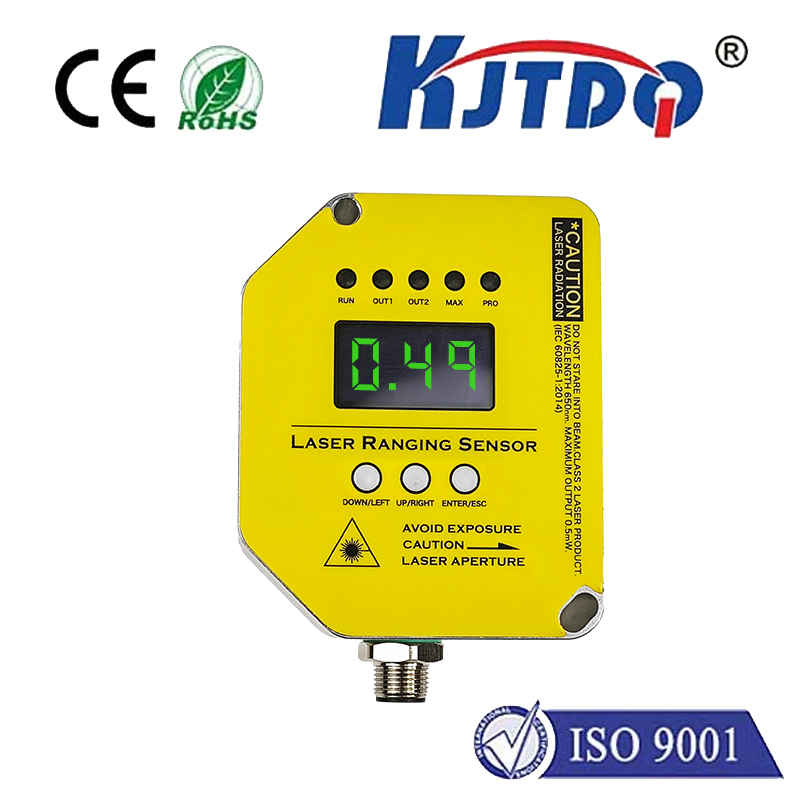

check

check

check

check

check

check

check

check

check

check

4V Photoelectric Sensor: An Essential Component in Modern Automation In the world of automation and industrial technology, the 24V photoelectric sensor has become an essential component in many applications. This device is designed to detect the presence of an object or a person by using a beam of light that is either transmitted or reflected back to the sensor. In this article, we will explore the features, benefits, and applications of the 24V photoelectric sensor. Features of the 24V Photoelectric Sensor The 24V photoelectric sensor is a compact and lightweight device that is easy to install and use. It consists of a transmitter, receiver, and control unit, which work together to detect the presence of an object or person. The transmitter emits a beam of infrared light that is either absorbed or reflected back to the receiver. When the light is interrupted, the sensor sends a signal to the control unit, which then triggers an output. One of the key features of the 24V photoelectric sensor is its ability to operate at a wide range of voltage levels, making it compatible with different types of equipment and systems. It also has a high level of sensitivity, allowing it to detect even the slightest movement or change in light intensity. Additionally, the sensor is designed to be durable and resistant to environmental factors such as dust, moisture, and temperature changes. Benefits of the 24V Photoelectric Sensor There are several benefits associated with using the 24V photoelectric sensor in modern automation systems. Firstly, it provides a reliable and accurate means of detecting objects or people, which is essential for ensuring the safe operation of machinery and equipment. Secondly, it offers a high level of flexibility, as it can be used in a variety of applications and environments. Thirdly, it requires minimal maintenance, reducing downtime and increasing productivity. Another benefit of the 24V photoelectric sensor is its ability to improve efficiency and reduce costs. By detecting objects or people automatically, it eliminates the need for manual intervention, saving time and resources. This not only increases productivity but also reduces labor costs. Moreover, the sensor’s durability ensures that it has a long lifespan, providing long-term value for businesses. Applications of the 24V Photoelectric Sensor The 24V photoelectric sensor has a wide range of applications in various industries, including manufacturing, packaging, automotive, and security. In manufacturing, it is used to monitor the production process and ensure that products are produced correctly and efficiently. In packaging, it is used to detect packages on conveyor belts and trigger sorting mechanisms. In automotive, it is used to control headlights and other lighting systems. In security, it is used to detect intruders and trigger alarms. In conclusion, the 24V photoelectric sensor is a vital component in modern automation systems, providing reliable and accurate detection of objects or people. Its features, benefits, and applications make it a valuable tool for businesses looking to improve efficiency, reduce costs, and ensure safety. As technology continues to advance, we can expect to see even more innovative uses for this versatile device in the future.
